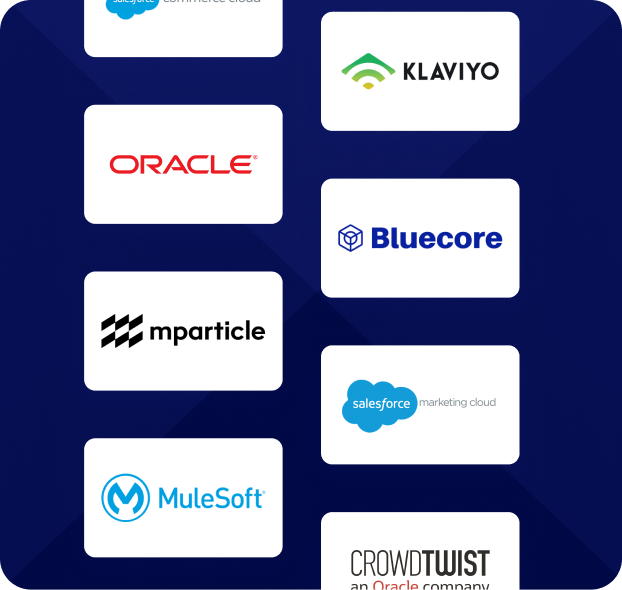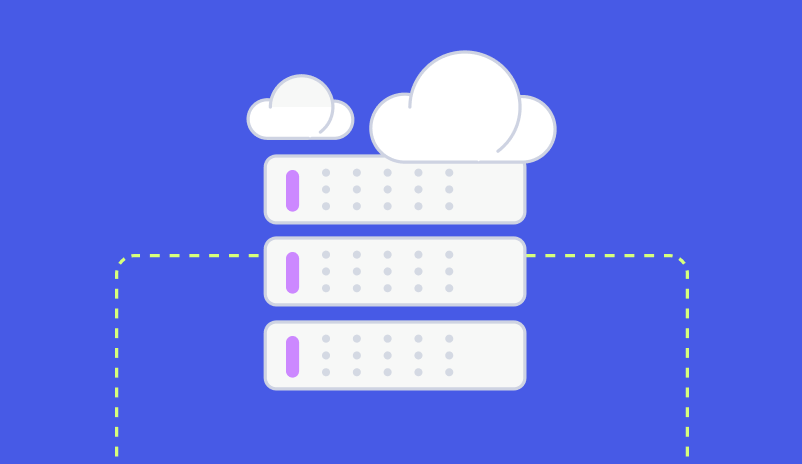The 18% Swing: Why Personalization in Daily Emails Matters
Maximize revenue with strategic email personalization

Effective personalization in daily emails has the power to drive revenue. But there’s a fine line — get it wrong, and you risk turning potential buyers away.
In our latest test, we saw just how much impact that implementing the right personalization can have when tailored to specific audience segments.
The key audience segments for daily email personalization
The more closely email content aligns with a subscriber’s most recent interactions and the retailer’s current inventory and promotions, the better email performance they can see.
We divide daily email audiences into four main segments:
1. Active within the last 45 days, identified
2. Active within the last 45 days, unidentified
3. Inactive, never purchased
4. Inactive, purchased over 45 days ago
While each group needs a tailored approach, the “active but unidentified” second audience presents the greatest personalization challenge. These subscribers are engaged, but personalization risks being off the mark without identification data. Getting personalization wrong is the most costly mistake a retailer can make, per McKinsey’s personalization report and from Zembula’s test results.
The stakes are high: misaligned recommendations for this audience can lead to a noticeable drop in revenue.
The test: why personalization needs recent data
We conducted a longitudinal holdout test on an enterprise retailer’s daily email to understand personalization’s impact.
We ran two scenarios:
- Scenario 1: All audiences received three product recommendations, regardless of engagement.
- Scenario 2: Only the audiences with recent engagement received product recommendations.
The results were stark:

The test revealed an 18% revenue swing, highlighting the risks of getting product recommendations wrong for the active but identified group.
Testing shows that unidentified audiences engaging with your brand are a major source of personalization challenges, making it critical for marketers to identify and personalize accurately for as many subscribers as possible.
The right approach to daily email personalization
So, what’s the best way to personalize daily emails for maximum revenue impact? Based on our findings, it begins with maximizing personalization for identified users.
Here’s how to do it effectively:
- Dynamic, personalized banners: Start with recent, identifiable data to deliver the most granular possible personalization, highlighting everything a subscriber qualifies for, including cart and browse abandonment, loyalty, coupons, sales, and reviews.
- Product recommendation blocks: Include as many relevant product recommendations as possible, using data like recent browsing behavior, items added to the cart, and past purchase history.
- Category-level recommendations: Stick to category-level recommendations unless you have strong signals. For example, it’s okay to highlight a color the subscriber bought in the past. However, avoid suggesting specific products unless the activity you’re basing it on happened within the last 45 days.
Zembula Dimensions™ uses this approach to ensure every part of the email — from the pre-header to the footer — feels as personalized and relevant as possible based on available information.
Activating unidentified or long-inactive audiences
For audiences you haven’t identified or engaged with for a long time, your goal is to reactivate them. Coupons can be a great way to do this — but there’s an important challenge to consider first.
The challenge: Differentiating between group 2 and group 3
The challenge is distinguishing between active but unidentified users (Group 2, mentioned above) and inactive, never-purchased users (Group 3, mentioned above). It’s very difficult to do. Marketers can use long-term signals like loyalty status or past purchases to guide their approach.
Before using older data, ask: ‘If this user were actively shopping today, would this content feel relevant or disconnected to their interests?’
If the content feels misaligned, you risk swinging revenue negative — by as much as -18%, as seen in our testing experiences. But if the content feels more generic and not personalized specifically for that reader, you’re safe. Then, once you have a signal, send more personalized emails to that reader.
Key takeaways
Personalization in daily emails is a powerful tool, but it’s not one-size-fits-all. With data-driven insights and a focus on recent engagement, personalization can drive incremental revenue and build loyalty. Our experience with longitudinal testing confirms that the best results come from tailored recommendations that reflect the user’s most recent interactions, making personalization feel relevant and timely.
For more on personalization strategies that drive sustained revenue growth, subscribe to our newsletter.
Sign up for Insights
Prefer LinkedIn updates? Subscribe to Zembula Insights for LinkedIn here.
Grow your business and total sales




